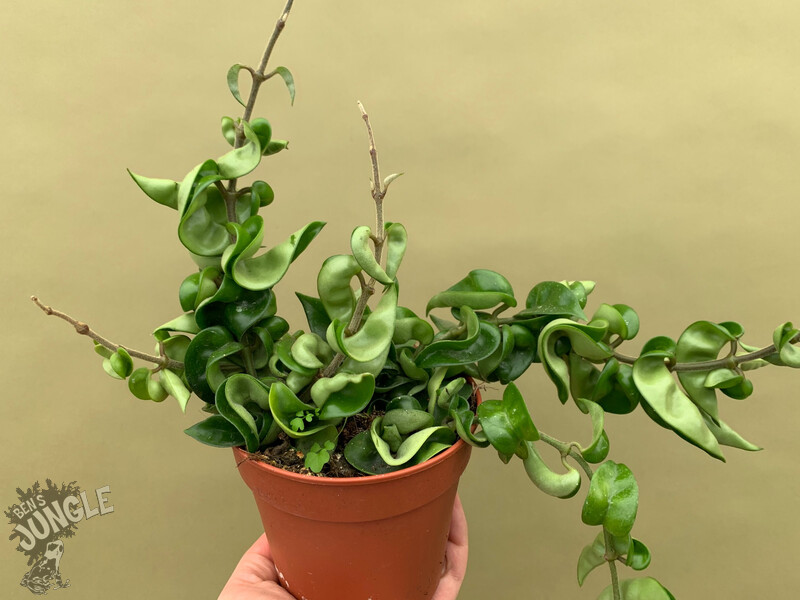Others also bought:
Best sellers

4,00 € - 8,00 € *
1,33 € per 100
More variations available.
More variations available.
- Available immediately
Similar items
Pcs.






